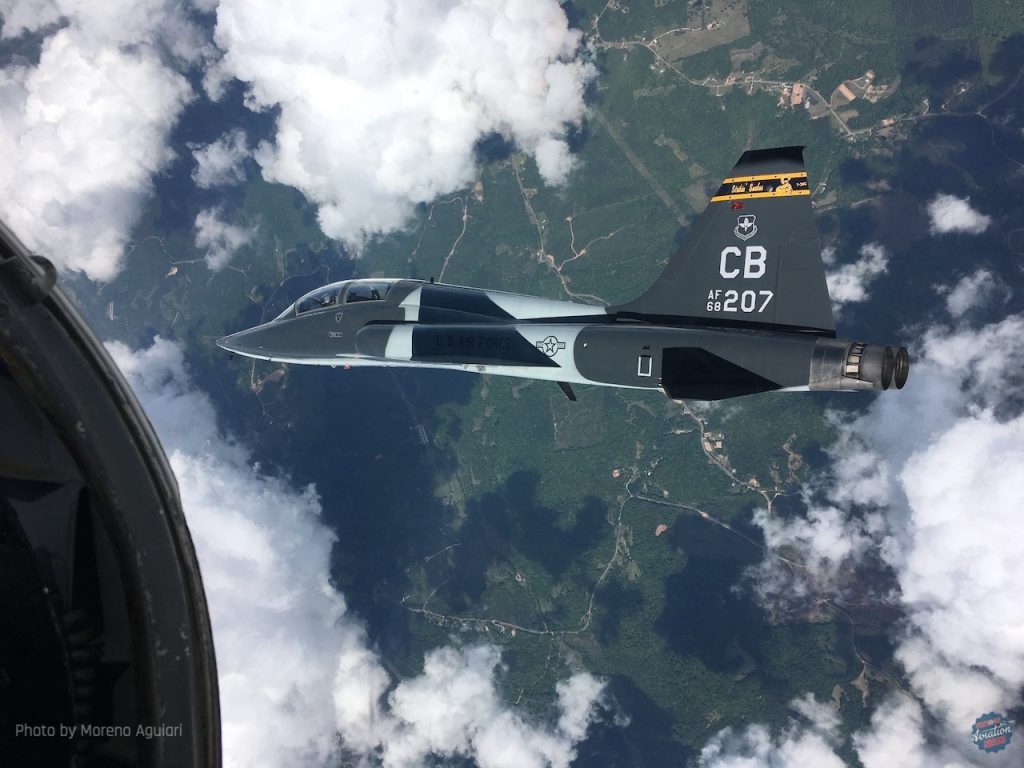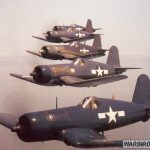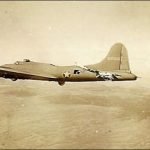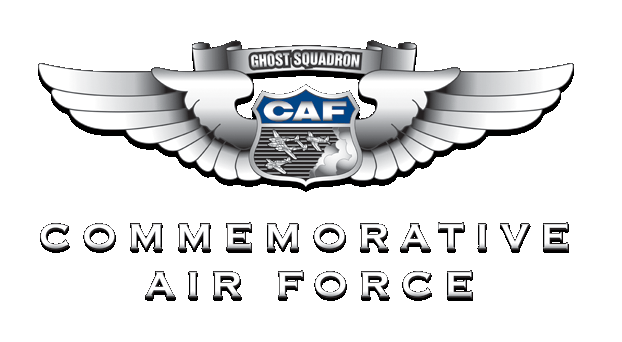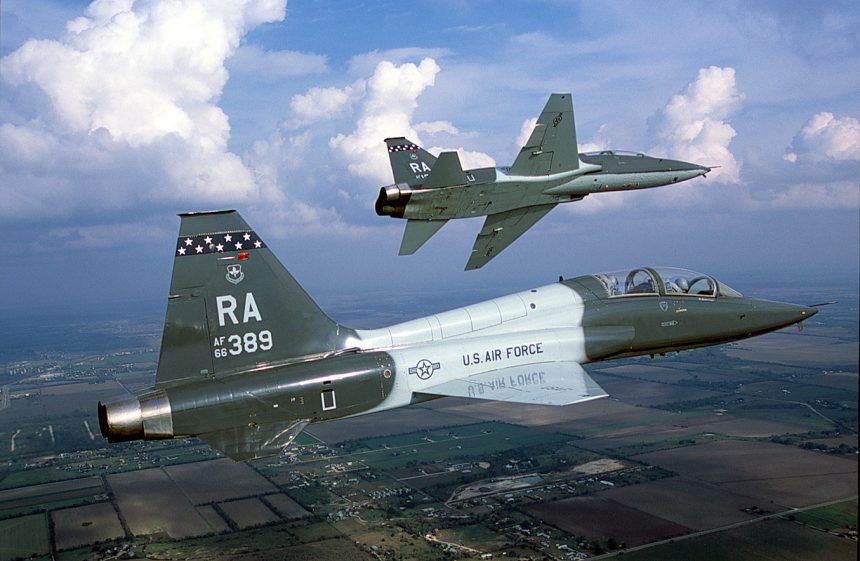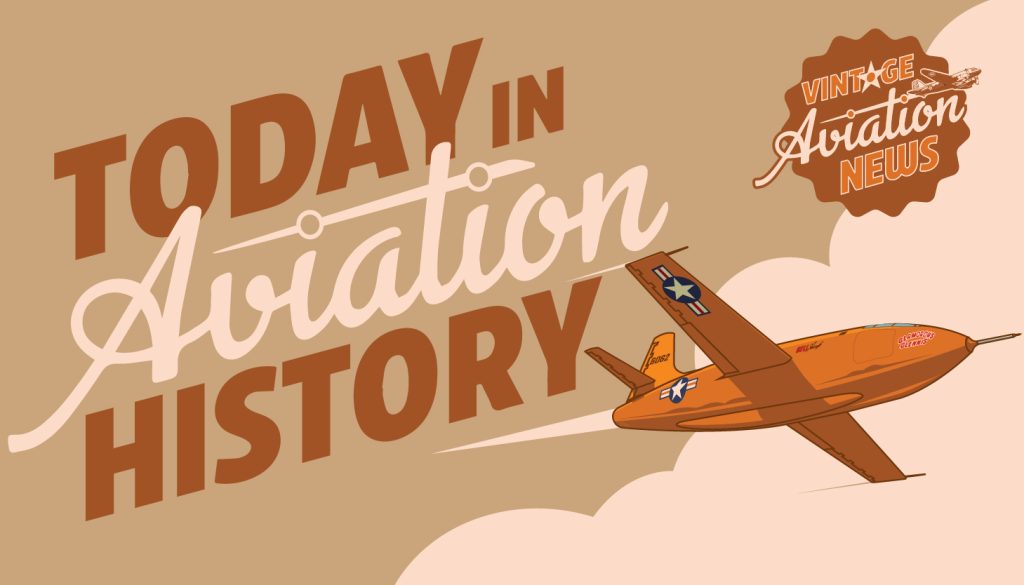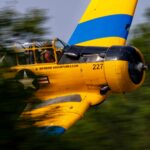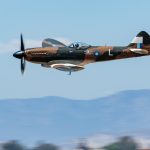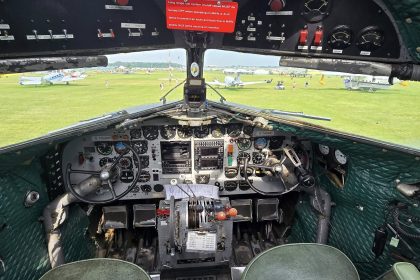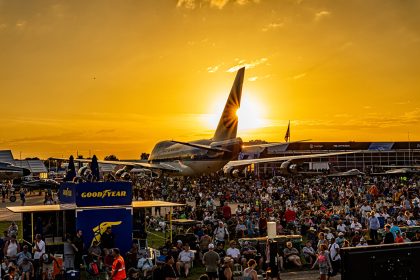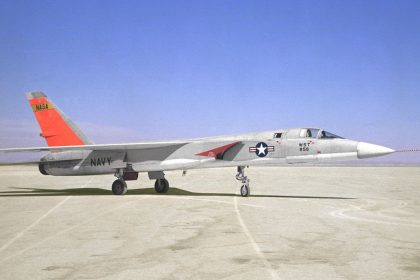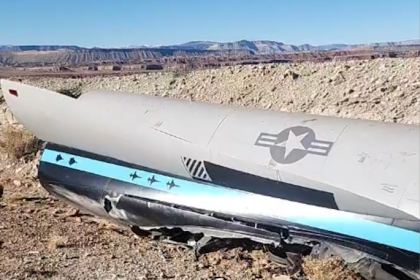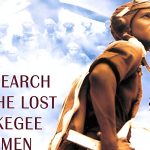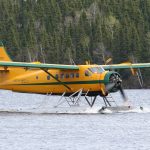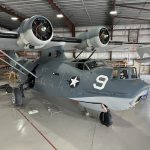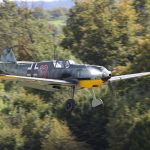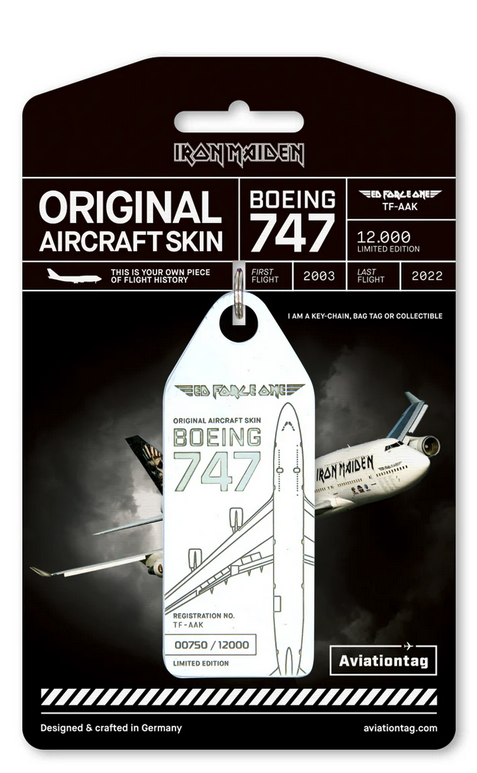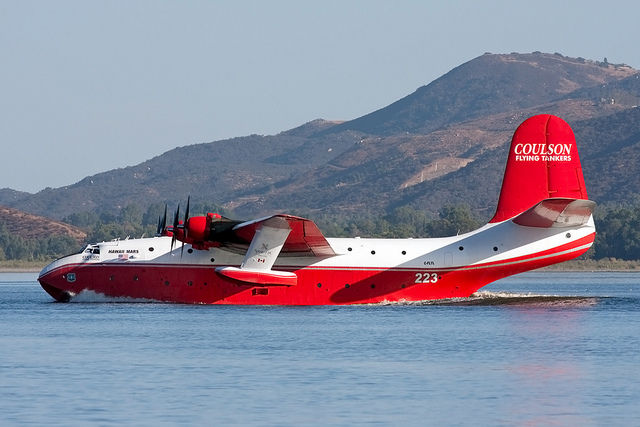On this day in aviation history—April 10, 1959—we celebrate the 66th anniversary of the first flight of the Northrop T-38 Talon. Designed as a twin-engine, supersonic jet trainer, the T-38 was developed to replace the subsonic Lockheed T-33 Shooting Star following a U.S. Air Force directive calling for a new generation of training aircraft. At the time, Northrop Corporation was already working on two lightweight fighter concepts, the N-102 Fang and the N-156. These designs would ultimately evolve into the T-38, tailored to meet the Air Force’s trainer requirements.
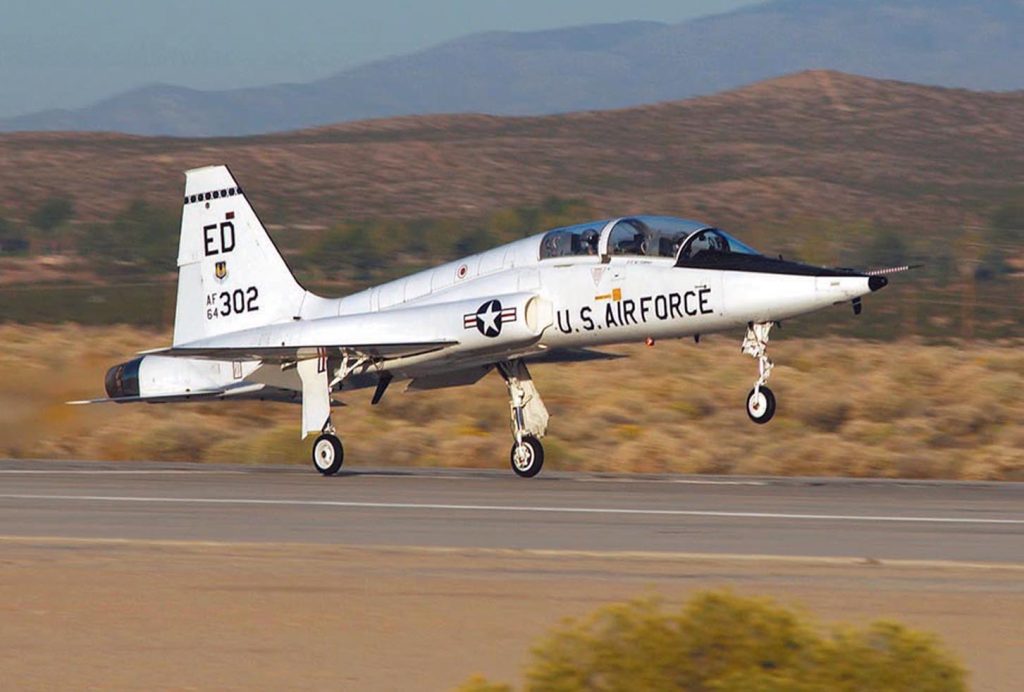
The prototype, designated YT-38, made its maiden flight on April 10, 1959. Just two years later, in March 1961, the Talon officially entered service with the U.S. Air Force. To this day, the USAF remains the largest operator of the type, with NASA and the U.S. Naval Test Pilot School also flying T-38s.
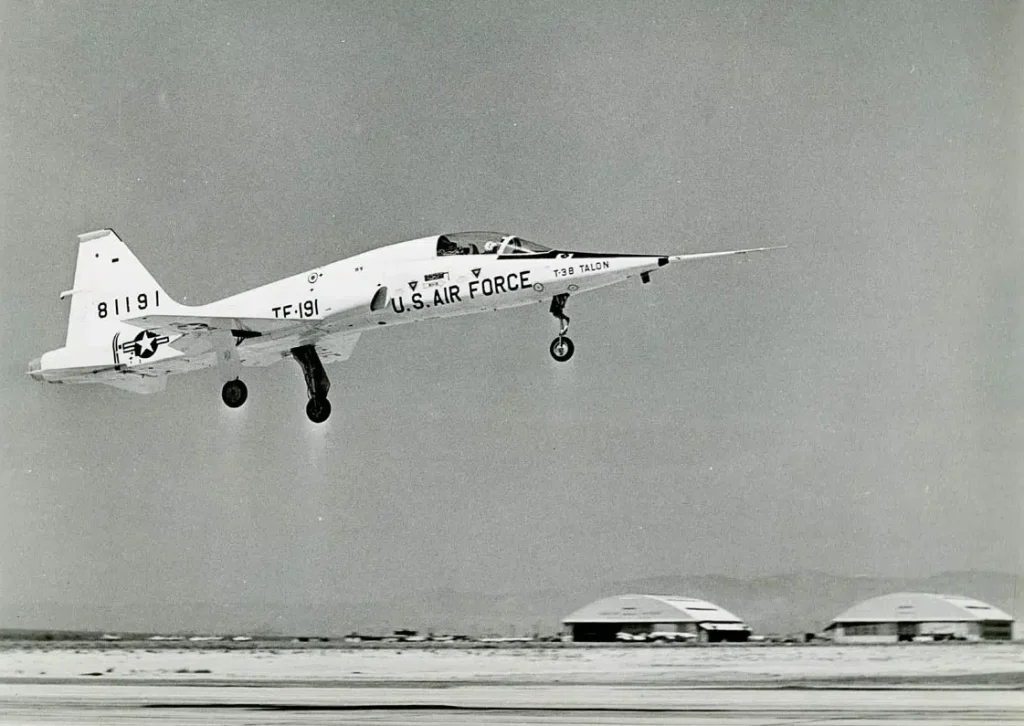
Powered by two General Electric J85-5A afterburning turbojet engines—each producing between 2,680 and 3,850 pounds of thrust—the Talon is capable of reaching speeds up to Mach 1.3 (858 mph). Some versions were built as AT-38Bs, equipped with provisions for armament to support weapons training.
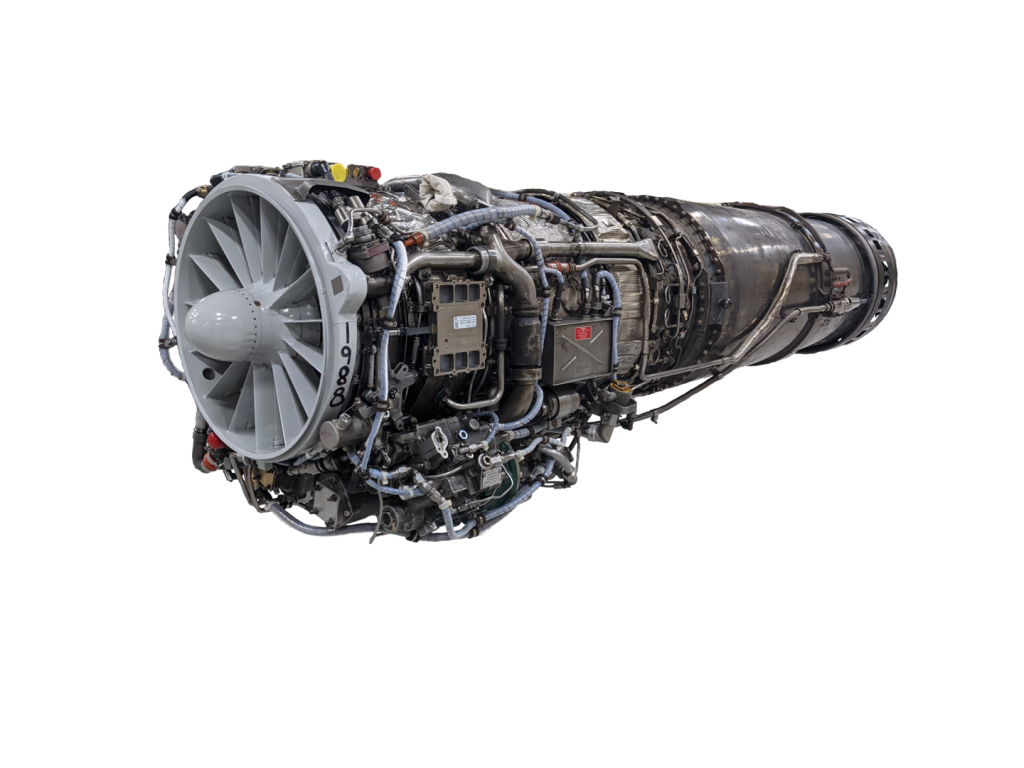
The T-38 also played a unique role in the NASA Space Shuttle program, providing astronauts with a fast jet to maintain their flight proficiency. While the T-38 remains in active service today, it is expected to be gradually phased out and replaced by the Boeing–Saab T-7 Red Hawk over the next decade.
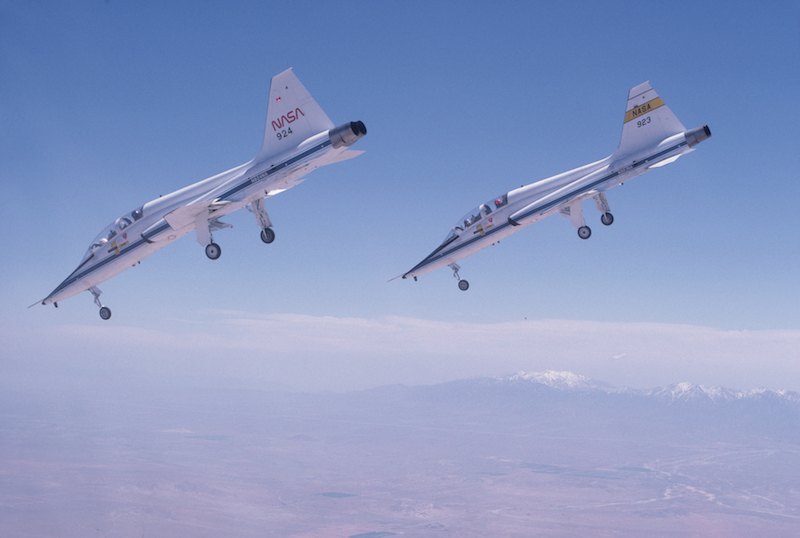
Even as its military role winds down, the Talon is likely to remain a common sight in the skies. Many airframes have already found their way into civilian hands, with more expected to follow as the Air Force retires additional aircraft. It’s a fitting future for such a remarkable machine—an aircraft that absolutely deserves to keep flying for years to come.
